I have read this question and the answers that follow on the electrical stack exchange but I still face a difficulty in understanding the practical difference between high-Z state and 0 state. It is commonly used in hardware description languages. I know that the high-Z state is when the connection is removed. But I want to understand the physical difference.
My question is best understood with the help of this thought experiment:
Consider only the output terminal of a tri-state buffer is visible and available to me, and a demon (like the one in Maxwell's thought experiment) is applying 0 or 1 to the 2 inputs of the tri-state buffer. I have to detect when the terminal is tri-stated. I have only an LED and a NOT gate with me and both are of the same logic family as the tri-state buffer. I can ground my circuit.
First, I connect the LED to the output terminal of the buffer. I know that the LED will remain off when the output of the buffer is 0 and when the output of the buffer is tri-stated.
So instead, I'll place a NOT gate between the output of the tri-state buffer and the LED. So will the LED will be off only when a logic 1 is on the output of the tri-state buffer?
If so, is it possible to identify whether a terminal is tri-stated or 0 without measuring the resistance of the terminal?

